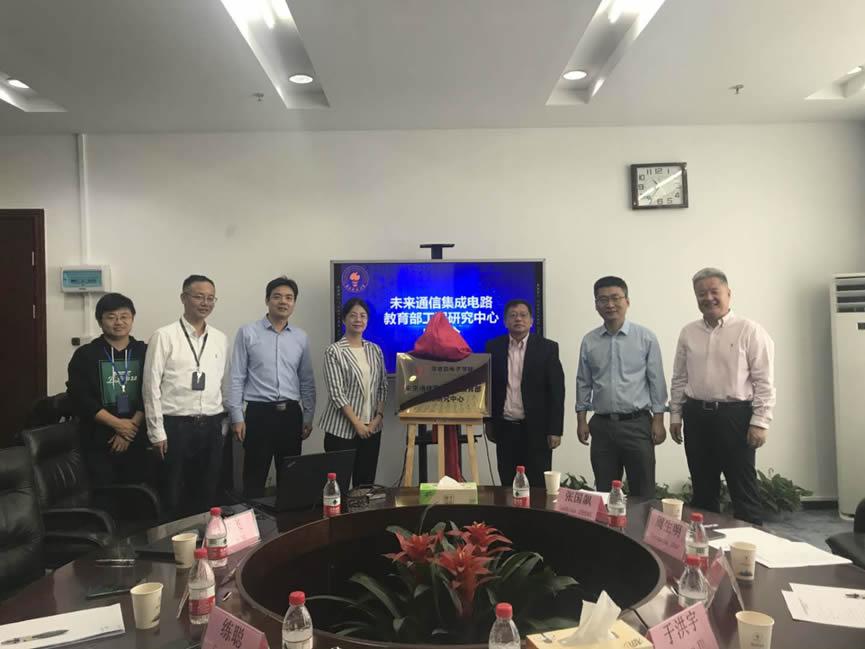
MOE Engineering Research Center For Future Communication Integrated Circuits
The Ministry of Education (MOE) Engineering Research Center for Future Communication Integrated Circuits is mainly based on the School of Microelectronics and Academy for Advanced Interdisciplinary Studies (AAIS) at SUSTech. It focuses on the research and development of integrated circuits (ICs) for next-generation communications (5G, 6G, etc.).
The research of this MOE engineering center will aim at "independent innovation and realization of leadership" of core technology such as IC designs for communications. It will carry out future communications integrated circuits designs including not only intelligent edge communication and computing systems, but also wide-band-gap devices and sensors. The center is built to achieve technological breakthroughs with commercialization transfer to the leading industries at Shenzhen, such as Huawei and ZTE. It will also train future engineering leaders and talents in the IC fields with a focus on next-generation communication circuits and systems.
Moreover, this center will also strengthen the in-depth cooperation and resource sharing among the different departments of SUSTech, promote interdisciplinary research, and promote the construction and joint platform development. It also provides a collaboration platform for all top universities (HKUST, HKU, Univ. of Macao) in the Greater Bay area.
In summary, the objective of this center is to build a dual-core-drive engine, technical innovation, and talent training, for the next-generation communications systems. It is providing and will sustainably provide support for the rapid development of China's future communication systems.
MOE Key Laboratory Of Energy Conversion And Storage Technologies
MOE Key Laboratory of Energy Conversion and Storage Technologies is established by Academy for Advanced Interdisciplinary Studies at Southern University of Science and Technology (SUSTech). The laboratory aims to address the national strategic demands for the development of energy storage and conversion technologies, and to provide solutions for the world to combat the energy crisis, global warming and climate change. The laboratory focuses on the strategic emerging industries of new energy technologies and conducts researches to tackle the key problems in energy. The research fields include photovoltaic power, thermoelectric conversion, electrochemical energy storage, electro-optical conversion, advanced materials for energy conversion and storage, as well as material genome science. Based on the extensive scientific and educational cooperation with other institutions, the laboratory is poised to deepen the cooperative relationships among the Greater Bay Area, promote the development of cutting-edge technologies, and stimulate the economic prosperity of energy-related industries. The laboratory is also tasked with promoting scientific and technological innovations, accelerating the green development of the country, and hopefully promoting China to become a global center of scientific and technological innovation.
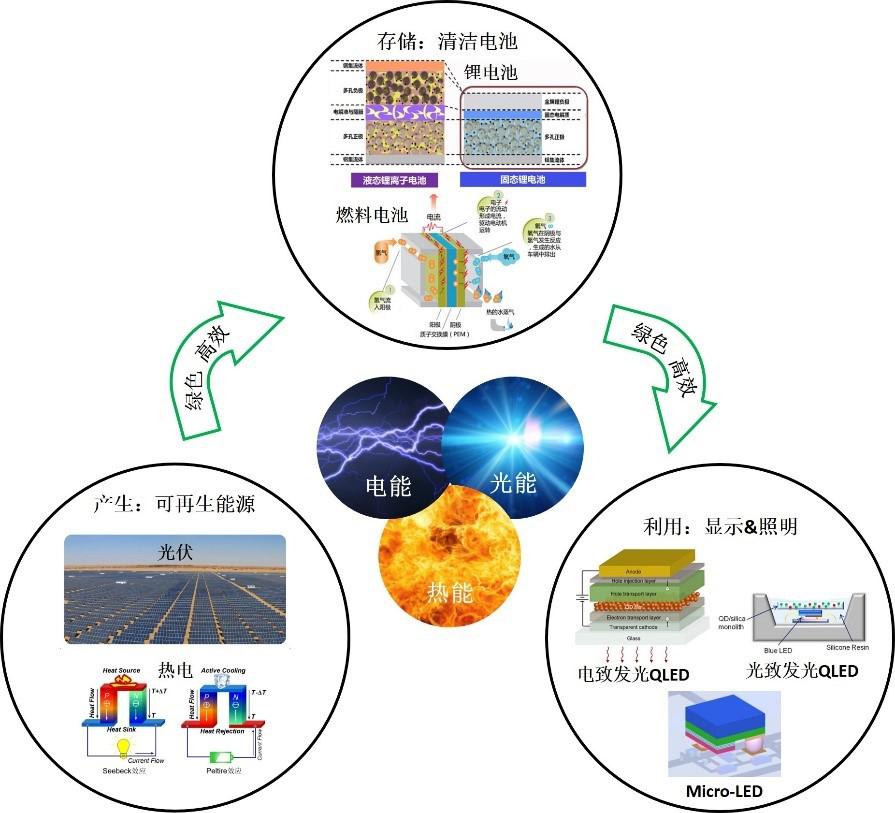

National Key Laboratory Of Comprehensive Control Of Environmental Protection Drainage Basin Surface Water-Underground Water Pollution
Introduction: Professor Zheng Chunmiao, Dean of the School of Environmental Science and Engineering will be in charge of the laboratory. In meeting the technology and industry development needs of water body pollution, Professor Zheng will lead the laboratory to carry out a three-level research of surface water-underground water pollution covering "science-technology-management" with drainage basin as the coefficient: (1) water environment evolution rules of drainage basins, interaction mechanism, coupling mechanism and ecological environmental effect of surface water-underground water and its regulatory mechanism; (2) key technologies of monitoring, investigation and comprehensive control of drainage basin surface water-underground water pollution, and green environmental-protection equipment and advanced materials; (3) risk assessment, health effect evaluation and optimization control technologies of drainage basin surface water-underground water pollution. The construction target of "National Key Laboratory of Comprehensive Control of Environmental Protection Drainage Basin Surface Water-Underground Water Pollution" is to become a world-class R&D platform, a standard testing center and a future national key laboratory, which will specialize in the improvement of technological level of drainage basin surface water-underground water pollution control and treatment, and protection of China's surface water and underground water ecological environment.
Guangdong-Hong Kong-Macao Joint Laboratory For Photovoltaic Energy Materials And Devices
The Guangdong-Hong Kong-Macao Joint Laboratory for Photonic-Thermal-Electrical Energy Materials and Devices consists of five universities (leading university Southern University of Science and Technology (SUSTech), Hong Kong Polytechnic University (PolyU), Hong Kong University of Science and Technology (HKUST), University of Hong Kong (HKU), and the University of Macau (UM)) along with three enterprises (BYD, Shenzhen Capchem, Ruifeng Optoelectronics), all in the Greater Bay Area. The goal of the joint laboratory is to form close and cooperative relationships among the laboratories in novel energy materials research in the Greater Bay Area to create a unified force to tackle the key problems faced by "energy consumption, energy-saving, and smart energy." By taking advantage of the expertise of the respective research team and the guidance from potential tech-to-industry transfers, the joint laboratory is poised to achieve scientific and technological breakthroughs in the fields of energy conversion, energy storage, and energy applications. The joint lab is also tasked with promoting scientific and technological innovations and educational cooperation among Guangdong, Hong Kong, and Macau, hopefully leading to emerging strategic industries in and attracting great talents worldwide to the Greater Bay Area. The joint laboratory is supported by Guangdong Province and the City of Shenzhen. Chair Professor Yusheng ZHAO of SUSTech is the director, and Professor Guohua CHEN of PolyU is the joint director.
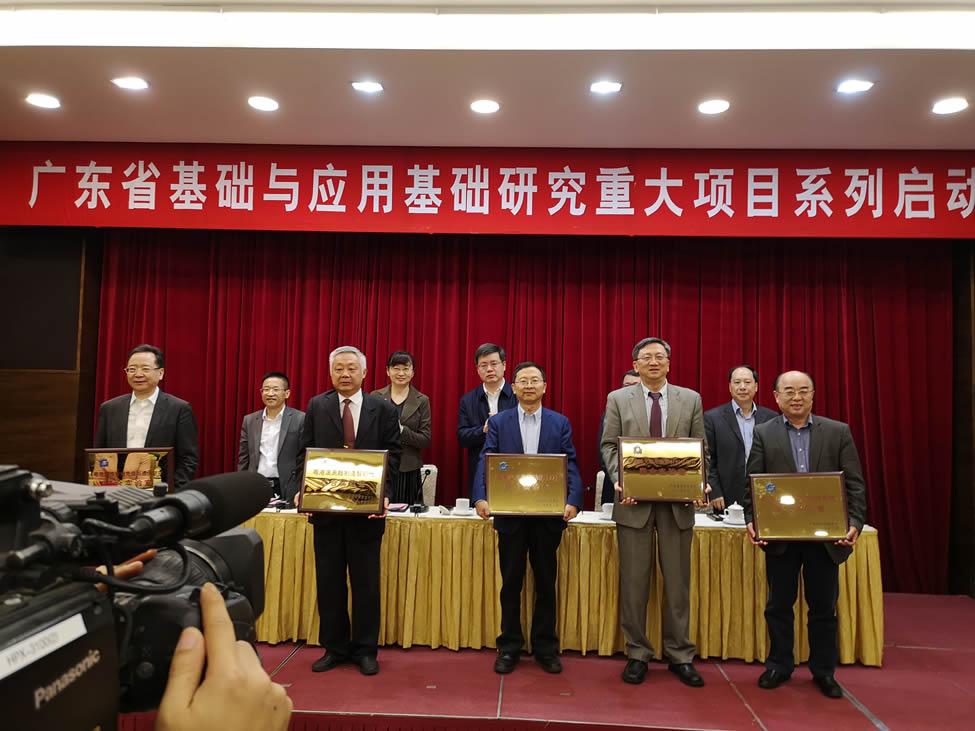

Guangdong-Hong Kong-Macao Joint Laboratory For Data-Driven Fluid Mechanics And Engineering Applications
Guangdong-Hong Kong-Macao Joint Laboratory for Data-Driven Fluid Mechanics and Engineering Applications aims at the challenges and major strategic needs that China is facing in the fields of advanced manufacturing, aerospace and health care, and concentrates internationally competitive scientists in Guangdong, Hong Kong and Macao and use their advantages in fluid mechanics and data-driven academic and industrial design software to carry out research in the following three directions: data-driven engineering turbulence models and applications, data-driven flow Solid coupling algorithm and application, data-driven calculation model and application of multiphase flow and porous media flow. It focuses on solving the basic problems, common technologies, engineering applications and other issues that restrict the high-end equipment manufacturing industry in Guangdong Province, and has important realities for breaking through the stuck neck technology in the high-end equipment manufacturing industry, aerospace, health care and other engineering applications. The laboratory is jointly established by Southern University of Science and Technology, Hong Kong University of Science and Technology, Harbin Institute of Technology (Shenzhen), University of Macau, Shenzhen Qingfengxi Technology Co., Ltd., and Academician Chen Shiyi of Southern University of Science and Technology serves as the laboratory director.
Guangdong-Hong Kong Joint Laboratory for Soil and Groundwater Pollution Control
The Guangdong-Hong Kong Joint Laboratory for Soil and Groundwater Pollution Control (hereinafter referred to as "the Laboratory") was approved for establishment in December 2023 by the Department of Science and Technology of Guangdong Province. Led by the School of Environmental Science and Engineering at Southern University of Science and Technology (SUSTech) and jointly established with the University of Hong Kong (HKU), the Laboratory is directed by Professor Chunmiao Zheng, Chair Professor at SUSTech, on the Guangdong side, and Professor Jiu Jimmy Jiao from HKU on the Hong Kong side. The Laboratory focuses on addressing the national priority needs for soil and groundwater pollution prevention and control in the Guangdong-Hong Kong-Macao Greater Bay Area. By collaborating with leading expertise in soil-water engineering from both Guangdong and Hong Kong, the Laboratory undertakes comprehensive collaborative innovation in key areas including soil-water pollution mechanisms, contamination remediation, risk assessment, and smart management.

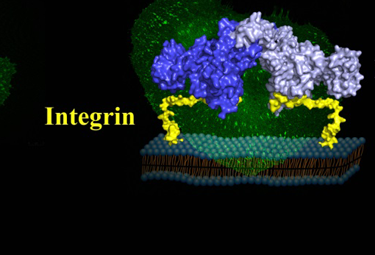
Guangdong Provincial Key Laboratory Of Cellular Microenvironment And Disease Research
Introduction: the major research directions of Guangdong Provincial Cellular Microenvironment and Disease Research Key Laboratory will be malignant tumor and other major diseases, such as osteoarthritis. It aims to expound the molecular mechanisms of these diseases and thus, provide theoretical basis for the diagnosis, R&D of drugs and clinical targeted therapy of relevant diseases. Backed by Shenzhen Municipality and Guangdong Province, the laboratory will organize and establish a world-class cellular microenvironment and disease R&D platform, and build a leading talent cultivation base with international influence for relevant fields. By doing so, it will provide technological support and an innovation Research Base for Guangdong's bio-pharmaceutical and massive health industries, and satisfy the needs of the state's major development strategies and regional economic and social development.
Guangdong Provincial Key Laboratory Of Soil And Underground Water Pollution Control And Restoration
Relying on "Shenzhen Municipal Key Laboratory of Soil and Underground Water Pollution Control" and "Shenzhen Municipal Key Laboratory of Urban Solid Waste Recycling Technology and Management", Guangdong Provincial Key Laboratory of Soil and Underground Water Pollution Control and Restoration conducted an interdisciplinary and innovative research of the basic theory and application technologies of soil and underground water pollution control and restoration to meet the major needs of the state for soil and underground water environment protection and ecological safety. The laboratory insists on the international development path and benchmarks its management system against the international standard. In terms of scientific research, it strives to gain an international perspective, and aspires to be a public experiment platform and talent cultivation base with international influence for soil and underground water research.


Guangdong Provincial Key Laboratory Of Computational Science And Material Design
The Guangdong Provincial Key Laboratory of Computational Science and Material Design aims at integrating computational mathematics, computational physics, computational chemistry, computational biology, and other disciplines. It focuses on discipline development, the theory and method of computer science, computer science software, the new direction, and the subject in computational science of computational physics-computational chemistry-computational biology. The Key Laboratory will fully implement the three cross fusion, by promoting the development of computational science theory method, the software and its applications in high-performance energy conversion and storage materials, advanced electronic materials and high-performance catalytic materials. Their research is critical for applications of new material design industrial development of Guangdong and China.
Guangdong Provincial Key Laboratory Of Turbulence Research And Applications
The Guangdong Provincial Key Laboratory of Turbulence Research and Applications carries out basic and applied research on turbulence models and basic theory, engineering turbulence, drag reduction and noise reduction, wind power, energy environment and thermal convection. It will gather and train outstanding turbulence research talents. The laboratory will actively serve the country and Guangdong Province in aerospace, clean energy, city environment, and other development needs. It will strive to become a turbulence research institution at a high international level.
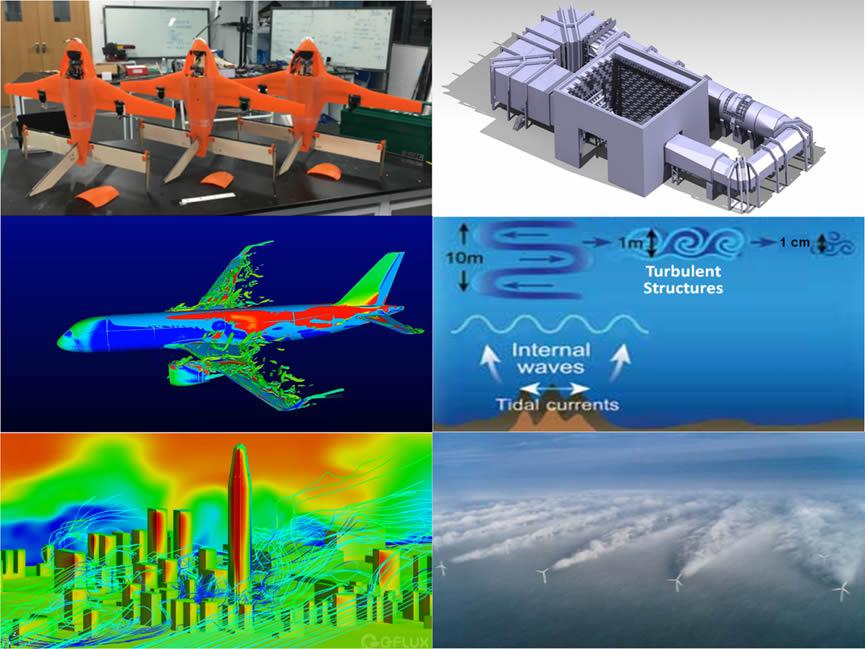
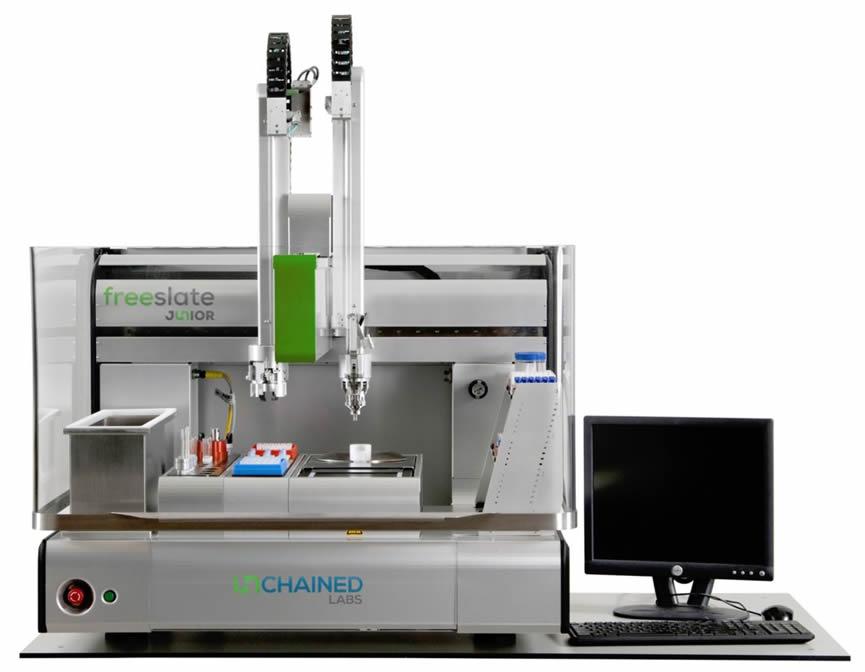
Guangdong Provincial Key Laboratory Of Catalysis
The leader of the laboratory is Haiping XIA, Executive Dean of Shenzhen Grubbs Research Institute and Chair Professor of Chemistry at SUSTech. The laboratory is housed at SUSTech and Shenzhen Grubbs Research Institute and will assemble the best SUSTech researchers in the field of catalysis. The laboratory focuses on homogeneous catalysis, heterogeneous catalysis, and theoretical basis of catalysis to solve the main challenges in green catalytic synthesis and polymerization of drugs, catalytic technology for hydrogen production from methanol, and catalytic foundation and theory. Using the high-throughput catalyst screening platform to develop green and efficient catalytic synthesis technology and promote broad applications in new medicine, new energy, new materials, and other fields.
Guangdong Provincial Key Laboratory Of Brain-Inspired Intelligent Computation
The Guangdong Provincial Key Laboratory of Brain-inspired Intelligent Computation is a government-funded key research laboratory established in February 2020 that focuses on cutting edge research, technology innovation, and knowledge transfer in brain-inspired intelligent systems. The Laboratory has three major research themes, including brain-inspired evolutionary intelligence, brain-inspired swarm intelligence, and trustworthy brain-inspired intelligent systems. It covers a broad range of research topics in learning and optimization, including evolving neural networks, autonomous evolutionary systems, multi-objective learning and decision-making, reinforcement learning, and optimization in dynamic and uncertain environments, trustworthy AI systems. The Laboratory is led by three IEEE fellows and composed of 17 full-time professors (PIs) and a large number of postdocs and research students. It aims to tackle some of the grand challenges in brain-inspired computing and its innovative uses in the real-world. The Laboratory will serve as a bridge and translator between basic research, applied research, and technology development. It will work closely with universities and industries in the Guangdong-Hong Kong-Macao Greater Bay Area and play a key role in driving the knowledge creation and transfer in the region. The Laboratory adopts an open door policy. It has multiple vacancies for full-time researchers and developers at all levels and has set aside dedicated funding to support researchers and innovators from all over the world. It proactively engages with industry to maximize the impact of research output coming from the Laboratory.

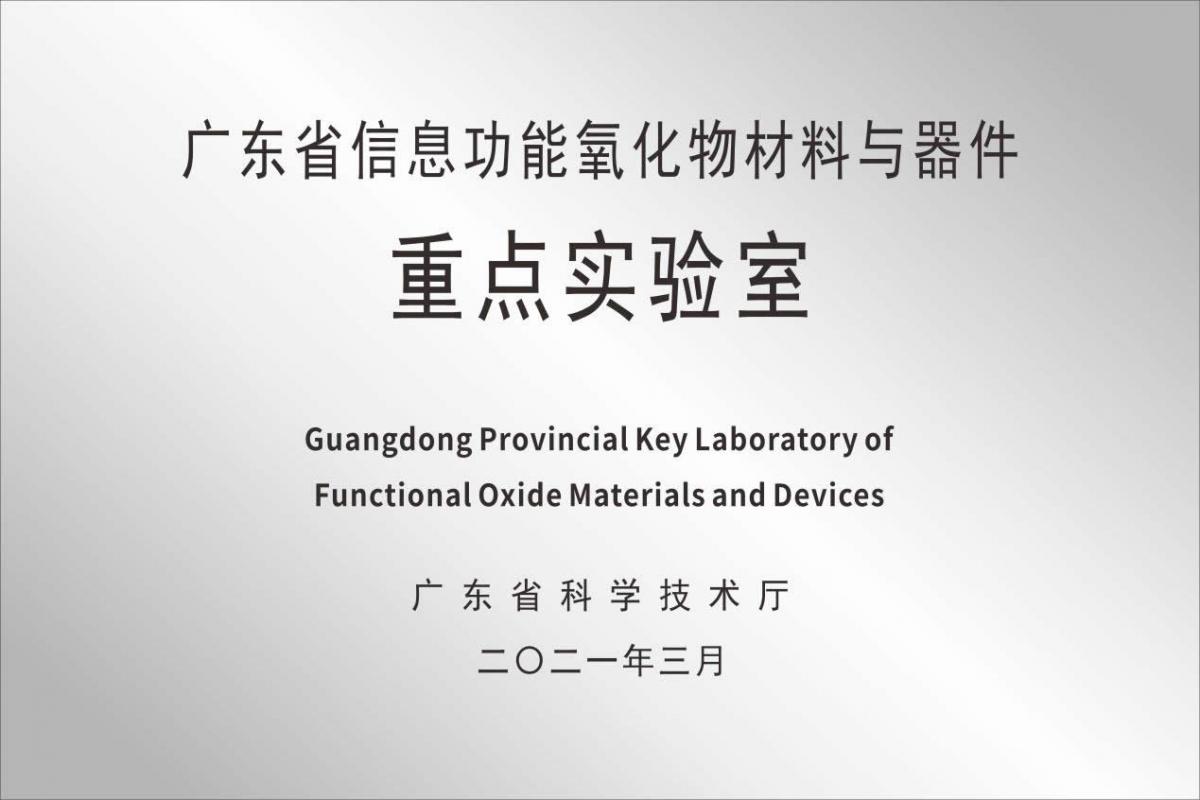
Guangdong Provincial Key Laboratory of Functional Oxide Materials and Devices
Guangdong Provincial Key Laboratory of Functional Oxide Materials and Devices is supported by Southern University of Science and Technology. Facing the major strategic needs of China and Guangdong Province and the great challenges and limits of traditional semiconductor materials, the laboratory aims to support new computing forms and architectures in the post-Moore era, and to solve the current problems of storage capacity, computing capacity, power consumption and heat dissipation in the microelectronics industry though the development of new materials and devices, promoting the development and upgrading of new materials and electronic information industry in the Guangdong-Hong Kong-Macao Greater Bay Area.
The laboratory focuses on the application of oxide functional materials in novel magnetoelectric storage, neuromorphic computational electronic synapses, low-power negative capacitance transistors, and solid-state thermal management of electric card effect. In view of the common scientific and technological problems of oxide materials in various application directions, four research directions are carried out, including the preparation of oxide materials and heterostructures, information device design and processing, neural network design and neuromorphic chip development, and multiscale characterization and computational simulation.
Guangdong Provincial Key Laboratory of advanced biomaterials
Guangdong Provincial Key Laboratory of advanced biomaterials was approved in 2022 and established by the department of biomedical engineering of Southern University of Science and Technology. The laboratory focuses on technical research from three aspects: early diagnosis and rapid screening of major diseases, tissue engineering materials and drug delivery, wearable human-computer interaction health monitoring and treatment. It breaks through the scientific bottleneck in the field of disease diagnosis and treatment, accumulates key core technologies, and builds an innovative system of advanced biomaterials. Advanced biomaterial is a strategic field for the development of Chinese New Material Power Strategy. The laboratory promotes the transformation of achievements in combination with the biological medicine and medical device industry in Guangdong-Hong Kong-Macao Greater Bay Area to meet the needs of national medical safety and people's health.
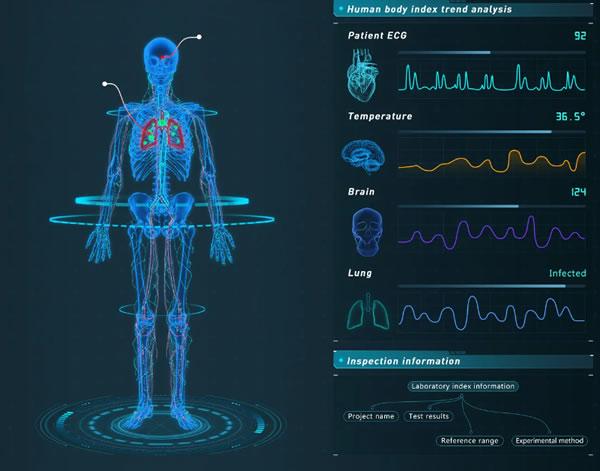
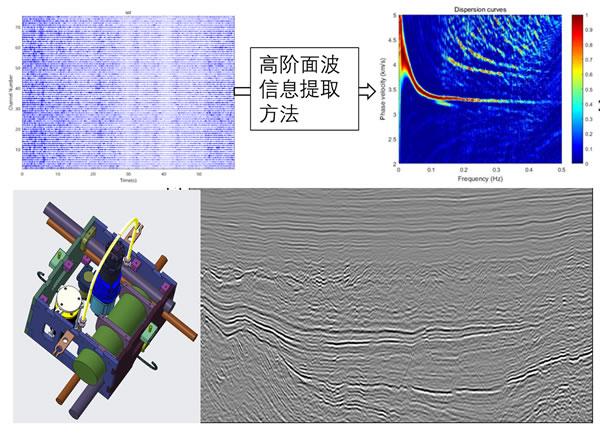
Guangdong Provincial Key Laboratory of Geophysical High-resolution Imaging Technology
The Key Laboratory of geophysical high-precision imaging technology of Guangdong province takes the development of high-precision geophysical imaging methods, detection technology and instrumentation as its main goal, serving deep-sea resource exploration, clean energy development, carbon dioxide geological storage, urban underground space monitoring, supporting the green and low-carbon development of our province, marine resource development, ensuring energy security and building an international scientific and technological innovation center. The director of the laboratory is Chen Xiaofei, an academician of the Chinese Academy of Sciences and a chair professor of the Department of earth and space science of Southern University of science and technology, with 32 backbone members. The key laboratory will carry out forward-looking and strategic basic theory and engineering application research aiming at the critical problems of insufficient resolution of current geophysical exploration technologies in deep-sea resource exploration, urban underground space exploration and other applications, and will produce geophysical exploration methods, technologies and equipment with independent intellectual property patients, so as to build an international research highland of multi-geophysical fields imaging technology.
Guangdong Provincial Observation and Research Station for Coastal Atmosphere and Climate of the Greater Bay Area (GORSCAC)
GORSCAC, jointly established by SUSTech and Shenzhen National Climate Observatory, is SUSTech’s first field scientific observation and research station funded by Guangdong Province. In response to the Greater Bay Area's new carbon policies and demands for meteorological damage prevention and mitigation, GORSCAC conducts in-situ observations on aerosol-cloud-precipitation interactions, marine and terrestrial air mass interactions, air-sea exchange, greenhouse gases and marine carbon emissions, and marine atmospheric evolution processes. The observations from GORSCAC are expected to boost the monitoring, forecasting, and early warning of strong precipitation in the Greater Bay Area and build local capacity to prevent and control air pollution and mitigate meteorological damages of Guangdong Province. Research topics of GORSCAC include:(1)Land-sea air mass interactions and key atmospheric physical processes in coastal areas;(2)Air-sea exchange and key marine atmospheric chemical processes(3)Monitoring and remote sensing of greenhouse gases and flux inversions.

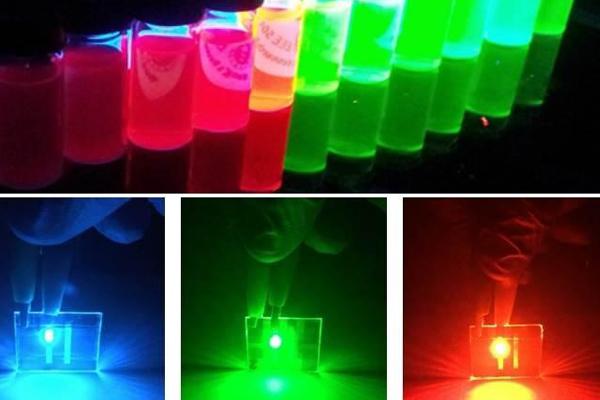
Guangdong Provincial Key Laboratory Of Quantum Dot Advanced Display And Lighting In Ordinary Universities
This laboratory will concentrate on the emerging quantum dot display and lighting technology to carry out R&D and testing of key technologies. The research emphasis will be core technologies such as high-photosynthetic-efficiency and low-cost red, green and blue quantum dot materials and devices, carrier injection transport materials with high mobility and compatibility with quantum dot's energy levels, quantum dot INK suitable for printing process and high efficiency and highly stable exciton injection OLED devices. The lab also aims to develop high-performance quantum dot display and lighting module and select internationally advanced research topics. Meanwhile, the laboratory will work closely with display and lighting enterprises in Guangdong on industrial transformation of the high-end research and experiments and tests. It focuses on the R&D of next-generation quantum dot advanced display and lighting technologies, establishment of a R&D platform for OLED materials, devices and processes, and will be dedicated to the resolution of core technological difficulties of OLED, and develop quantum dot display and lighting technologies with independent intellectual property right.
Guangdong Provincial Laboratory Of Evolutionary Intelligence System In Ordinary Universities
The laboratory focuses on the prospective fundamental research in the field of AI. It mainly engages in the research of evolutionary intelligence system, and aims to make breakthrough of the current AI technology which is incapable of self-learning, self-adaption and self-evolution. The main research directions of the laboratory include the following three: the self-adaption and self-evolution theories and methods of the intelligent systems, the reliability theory and method of the evolutionary intelligence system, and key technology of the green evolutionary intelligence system. The construction of this laboratory is expected to promote the development of AI discipline.

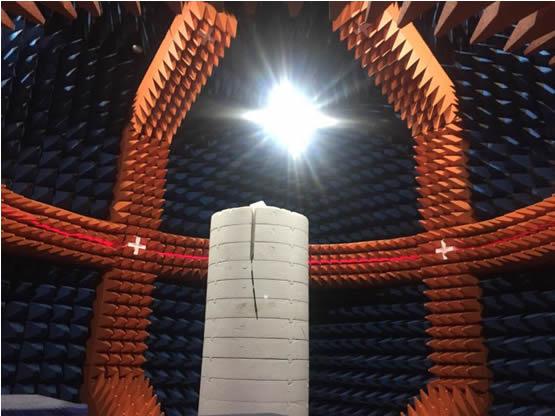
Guangdong Provincial Key Laboratory Of Advanced Wireless Communication Technology
The Guangdong Provincial Key Laboratory of Advanced Wireless Communication Technology
The Guangdong Provincial Key Laboratory of Advanced Wireless Communication Technology is a provincial-level key platform of science and technology. Our research work focuses on next-generation mobile communication, smart wireless communication, wireless channels, and microwave devices & antennas. Our research team consists of a group of famous professors and talented young researchers. By 2020, we will have 38 team members.
Guangdong Provincial Key Laboratory Of Molecular Design For Plant Cell Factory
The Key Laboratory of Molecular Design for Plant Cell Factory focuses on the strategic needs of modern agricultural development. Its cutting-edge research on plant science will be guided by crucial scientific issues surrounding the design of molecular factories in plant cells. The Key Laboratory will take advantage of a variety of model plants to conduct studies in areas such as multi-gene expression and silencing mechanisms, secondary metabolic pathway analysis, metabolite transport, secretion, and storage mechanisms. The Key Laboratory will integrate the advantages of plant sciences, actively promoting the transformation of basic scientific research as well as the innovative development of biotechnology and modern agriculture in Guangdong Province and Shenzhen City.

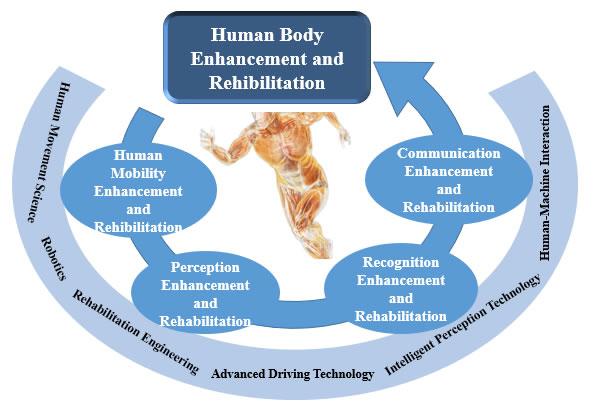
Guangdong Provincial Key Laboratory Of Human-Augmentation And Rehabilitation Robotics In Ordinary Universities
This Guangdong Provincial Key Laboratory, supported by the Guangdong Provincial Department of Education, is a provincial-level key platform of science and technology. The research directions of the laboratory are human augmentation robot and rehabilitation robot, serving for the elders, disabled people, stroke patients, etc. The research fields in this laboratory include Human Movement Science, Robotics, Rehabilitation Engineering, Advanced Driving Technology, Intelligent Perception Technology, Human-Machine Interaction, etc. The laboratory has developed deep partnerships with worldwide famous universities and research institutes. The laboratory wishes to promote technology innovations and industrial transformation, enable the Great Bay Area to become the international leader in some related technology areas, and help China become the technology innovation center.
Key University Laboratory of Highly Efficient Utilization of Solar Energy and Sustainable Development of Guangdong
The laboratory is committed to do the R&D of new energy technology with multidisciplinary cross-cooperation, synergistically exerting the technical advantages of experts in various fields, and effectively using solar energy to achieve the ultimate goal of sustainable development of new energy. The solar energy is converted into electric energy through photovoltaic power generation, and the obtained electric energy can be directly supplied to the grid, or can be integrated with the lithium-ion battery to charge the lithium-ion battery, and then the lithium-ion battery can realize the storage and portable utilization of electric energy. It can also be combined with electrocatalysis and used for photoelectric catalytic hydrogen production to realize the conversion of solar energy-electrical energy-chemical energy, and finally combined with fuel cells to complete the whole cycle of solar energy absorption-conversion-utilization. The innovative highlight of this laboratory lies in the development of different supporting technologies in the field of new energy based on solar energy, the integration of all resources in the field of new energy, and the realization of a sustainable cycle of absorption, conversion, storage, utilization and recovery of new energy.
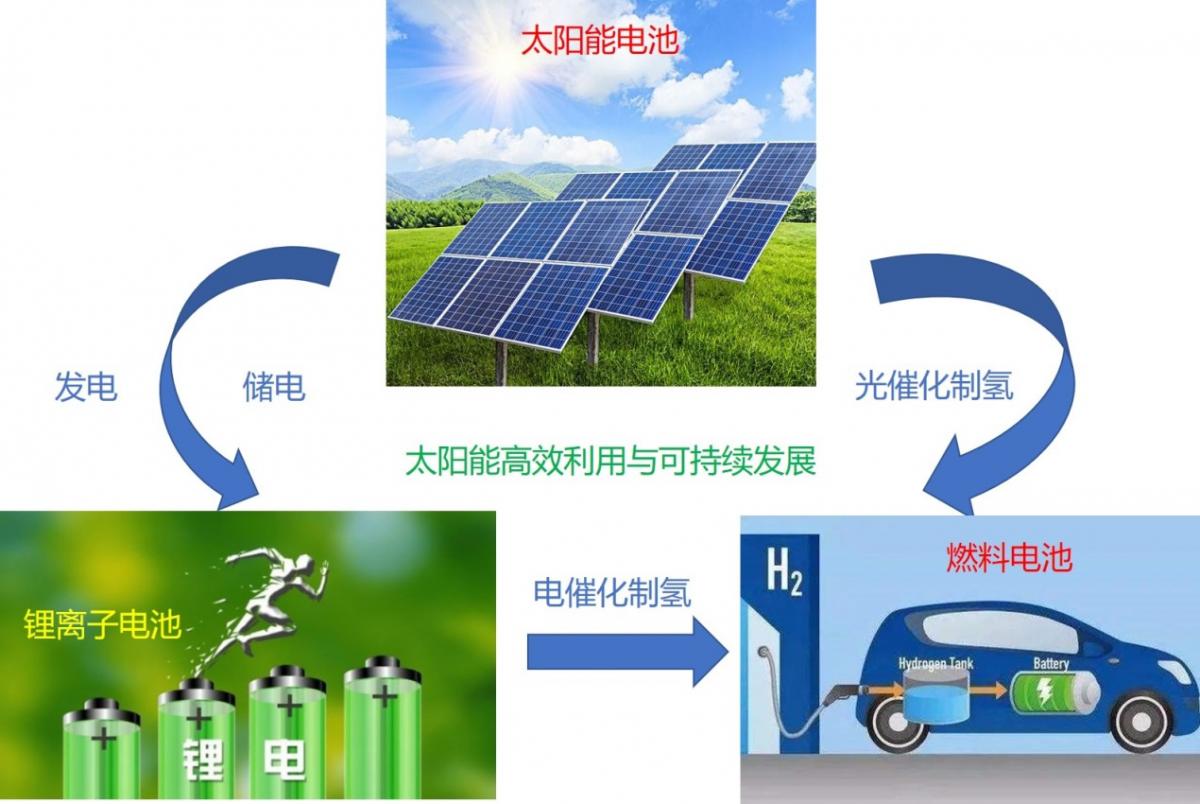

Guangdong Province Key Laboratory of Integrated Circuits
The Guangdong Province Key Laboratory of Integrated Circuits (IC) focuses on solving critical national and regional problems in the development of integrated circuit technologies. The research areas of the lab include: 1) high-performance IC design and manufacturing, including high-speed wireline and optical communication front-end IC, high-frequency communication and sensing front-end and signal processing IC, high-throughput on-chip bio-IC, high-power power management IC, and 3D integration techniques; 2) design and fabrication of novel semiconductor devices for next generation ICs, including novel transitor structure and integrated opto-electrical devices (such as GaN based power, RF, and opto-electronic device, advanced CMOS devices, novel memristor devices, etc); 3) design methodologies for advanced ICs, including high-performance simulation and verification techniques, and new computing architecture, such as in-memory computing, edge computing, AI accelerators, for beyond Moore scaling of semiconductor technologies.
Guangdong-Hong Kong-Macao Joint University Laboratory on Micro-Nano Manufacturing Technology
The laboratory was jointly established by The Southern University of Science and Technology and the University of Hong Kong. The preparatory team has many years of experience and research results in the field of micro-nano fabrication, especially in the field of equipment, processing, and material on nano-imprint, chemical mechanical polishing, micro-nano packaging, which has a good foundation and accumulation. The laboratory will focus on the development and application of micro-nano fabrication. In the basic research of machining process, the synergistic effect of process parameters on microstructure and properties of materials is studied. Based on the optimized process conditions, design and develop micro-nano fabrication equipment that can achieve the optimal process conditions, realize the processing and production of high-performance materials, devices and components, and contribute to the improvement of our nation’s manufacturing capacity in the fields of chips, MEMS sensors and optoelectronic devices. The joint laboratory plans to carry out research directions are as follows :(1) high-end graphics technology; (2) core and key materials of micro-nano fabrication; (3) MEMS related process development; (4) Application of micro-nano fabrication.
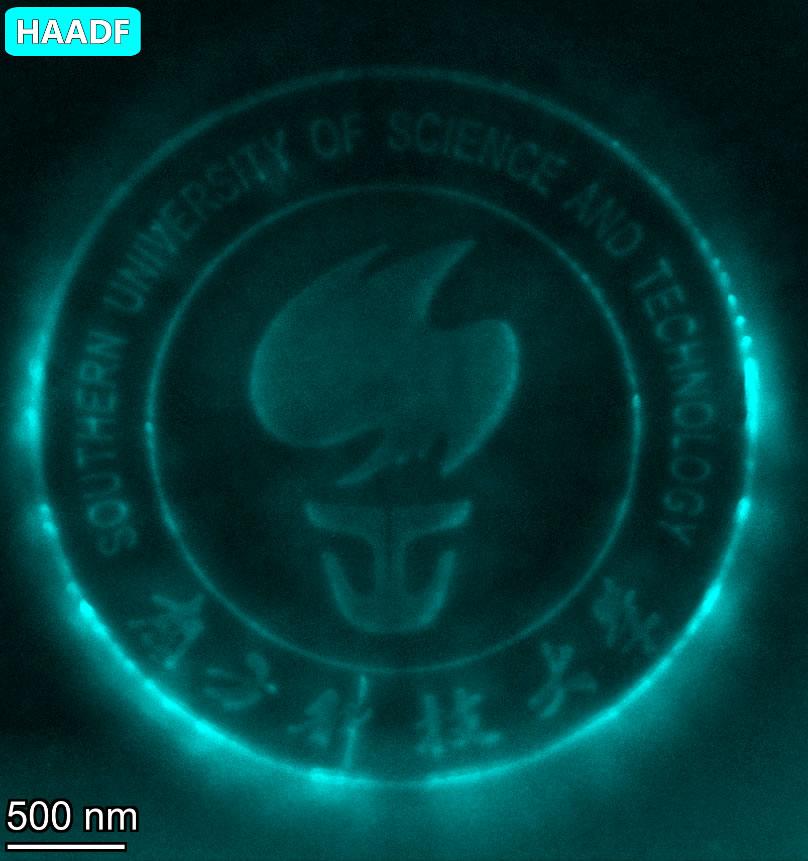
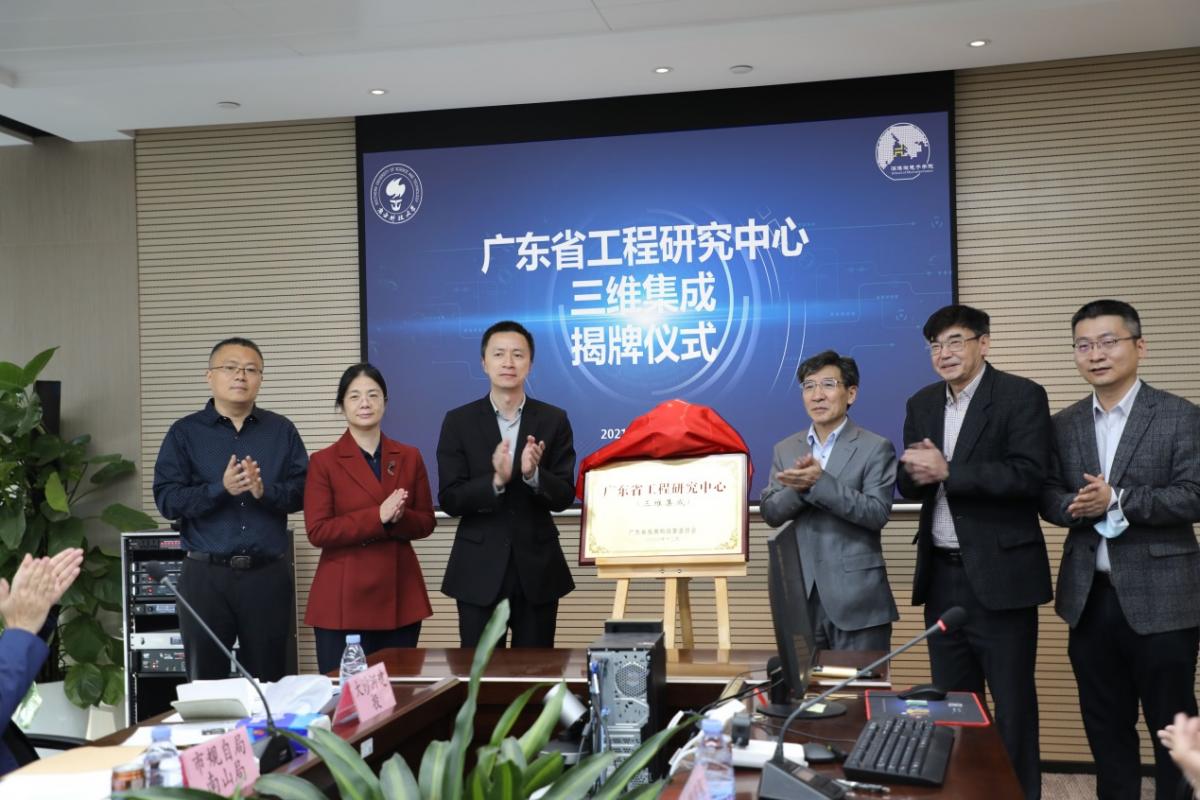
GuangDong Provincial Engineering Research Center of 3-D Integration (GuangDong 3-D Lab)
The GuangDong 3-D Lab is one of the first 6 engineering research centers approved by GuangDong Development and Reform Commission. Established in 2021, it is led by Southern University of Science and Technology (SUSTech) and jointly built by Shennan Circuit Co., LTD, Institute of Semiconductors of Guangdong Academy of Sciences and others. 3-D integration can use less advanced equipments (without EUV lithography) to achieve <7nm-equivalency, which is more suitable for the status quo of China. The Lab will target the major needs of China and IC industry, and carry out near-production R&D on 3-D integration.
Guangdong GaN Device Engineering Technology Research Center
The Engineering Center will engage in the R&D of the third generation semiconductors, with a goal of constructing a platform for high-end R&D, experimental testing and industrial transformation of the third generation semiconductors for semiconductor device packaging, manufacturing and testing industries in Guangdong. The Engineering Center will tackle the major theoretical and industrialization problems, and build a brand new "Industry-University-Research Cooperation" integration R&D mode by recombination and optimized configuration of R&D resources to cultivate new talents and improve the R&D capability with major projects.

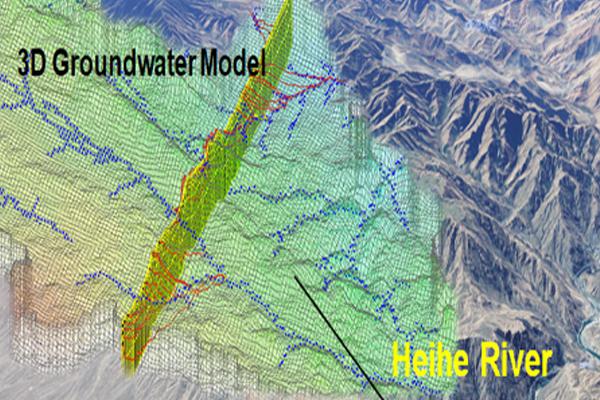
Guangdong Provincial Underground Water And Restoration Engineering Technology R&D Center
In response to the development needs in the field of underground water of Guangdong Province and the state, and relying on South University of Science and Technology, Shenzhen Nanke Environmental Company, "Shenzhen Municipal Key Laboratory of Soil and Underground Water Pollution Control" (application for a provincial-level key laboratory is underway) and "Shenzhen Municipal Key Laboratory of Urban Solid Waste Recycling and Management", the Engineering Center actively engages in the industrialization of relevant achievements of underground water pollution control and restoration. The Research Center adopts a four-in-one construction mode of indoor testing and analysis platform, field investigation base, international cooperation platform and industrialization platform, and employs the Industry - University - Research Cooperation to link the platforms, comprehensively improve the Industry - University - Research Cooperation of the Engineering Center.
Southern Marine Science And Engineering Guangdong Laboratory (Guangzhou) (Shenzhen Branch)
Shenzhen subdivision is a branch of Southern Marine Science and Engineering Guangdong Laboratory (Guangzhou) (abbr. Guangzhou Ocean Laboratory). It was established by SUSTech in cooperation with multiple universities and research institutions of Shenzhen, aiming to build Shenzhen as Global Ocean Center City and also to promote the strategic status of the South China Sea and the Greater Bay Area.
During the first phase in 2019-2021, six specialized laboratories and four dedicated research teams were established. The four research topics were smart deep-sea submarine equipment development and application; deep structure, evolutionary basin process and the sedimentary response of the South China Sea; physical marine processes and biogeochemical processes in the offshore environment of the Pearl River estuary and Greater Bay Area; and ocean energy exploration and exploitation. The ultimate goal is to understand and exploit the South China Sea and extend the research into the Indian Ocean.

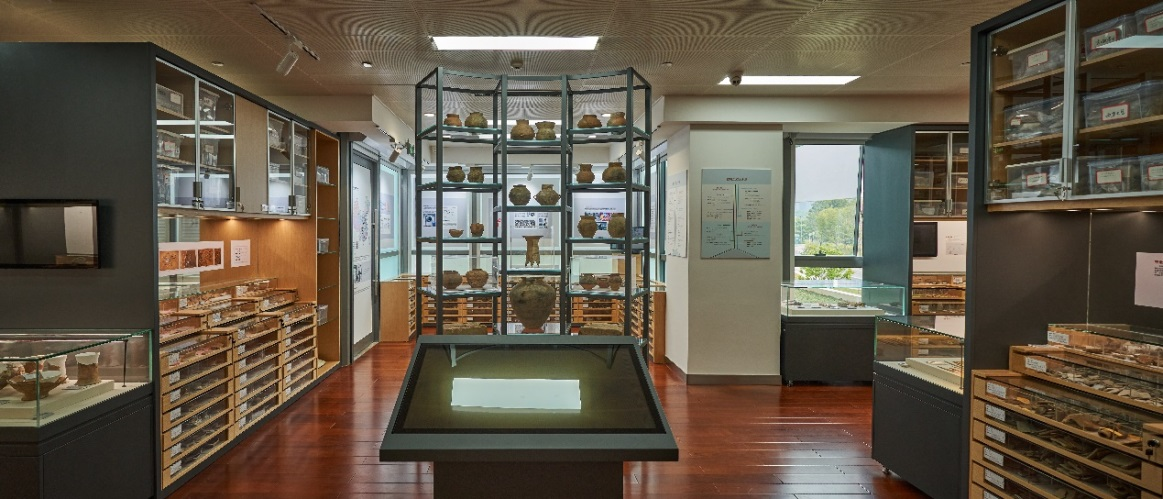
Archaeological Ceramic Database Exhibition Hall
In April 2019, the Center for Social Sciences at Southern University of Science and Technology (SUSTech) initiated the establishment of the Archaeological Ceramics Specimen Database and Exhibition Hall, which officially opened in December 2020. In October 2022, the SUSTech Archaeological Ceramics Specimen Database and Exhibition Hall was recognized as a Popular Science Base for Social Sciences in Guangdong Province. It is the first archaeological science museum in China dedicated to the collection of archaeological ceramics specimens from both domestic and international sources. The museum integrates a specimen repository, a database, and an exhibition hall, and is designed to serve multiple functions, including teaching, research, and display.
The museum collaborates with archaeological institutions from 28 provinces and cities across China, and has collected over 50,000 ceramic specimens from more than ten countries, covering over 400 archaeological sites with a chronological span of over 10,000 years. The collection ranges from the Early Neolithic period to the late Qing Dynasty and the Republic of China era. It includes painted pottery shards from the Gansu-Qinghai region and the Central Plains during the Neolithic period, proto-porcelain and hard pottery shards from the southern regions during the Shang Dynasty, celadon shards from Hunan during the Song and Yuan dynasties, and Jian ware shards from Jianyang, Fujian, during the Song Dynasty. The collection also features a small number of intact artifacts and organic specimens made of bone and wood. Additionally, ceramic shards from ancient sites in over ten foreign countries, including India, Bangladesh, and Jordan, have been acquired. This makes the museum's database the most extensive, largest in quantity, and longest in chronological span among ceramic specimen collections in China.
The museum's staff is composed of professional faculty members from SUSTech. It is open to the public free of charge and welcomes research and study groups from primary and secondary schools, as well as enthusiasts of archaeology. Leveraging the expertise of both on-campus and external specialists, the museum assists these groups in expanding archaeological popularization activities nationwide.
Southern Key Laboratory of Technology Finance
The Southern Key Laboratory of Technology Finance was established based on the foundation of SUSTech Academy of Finance and Economics, and was approved as a Guangdong Provincial Key Laboratory of Philosophy and Social Sciences in 2024.The laboratory is an integral part of SUSTech's technological innovation ecosystem. Its core tasks include developing technological solutions and applications for TechFin, evaluating and discovering value in the tech industry, conducting research on the strategic development and decision-making of TechFin, promoting academic exchanges and building think tanks, as well as nurturing talent and developing courses in this field.The laboratory is dedicated to bridging the entire innovation ecosystem, aligning with China’s practices, addressing the challenges in TechFin, and creating a model for research and practice in this area. It aims to propose Chinese solutions for financing technological innovation and contribute the wisdom and strength of Guangdong and SUSTech to advancing China’s high quality development.


The Research Center for Global Urban Civilization at Southern University of Science and Technology
As the first provincial-level decision-making consultation research base of Southern University of Science and Technology, the Research Center for Global Urban Civilization represents a significant achievement in the development of humanities and social sciences at SUSTech. In the future, the center will further integrate global academic resources, unleash the great potential for the development of the humanities and social sciences think-tank for government consultation, and make positive contributions to the construction of a new-type think-tank with Chinese characteristics in the new era. By integrating the needs of economic and social development, relying on the decision-making consultation research base, and taking the promotion of modern urban development as our research direction and focus, the Center will provide high-quality decision-making consultation results for the development of global urban civilization, offer intellectual support for global urban civilization research, and strive to become a pioneer in the construction of a new-type think-tank with Chinese characteristics in the new era.
SUSTech Guangdong-Hong Kong-Macao Greater Bay Area Research Center for Integrity
The SUSTech Guangdong-Hong Kong-Macao Greater Bay Area Research Center for Integrity is a prominent provincial social science research hub established in Guangdong Province. It is founded upon the Institute for Integrity (SUSTech Think Tank) at Southern University of Science and Technology. With a long-range vision, the Center seeks to contribute to the comprehensive and rigorous governance of the Chinese Communist Party while supporting Shenzhen′s development as a model for clean governance. Its overarching goal is to become a leading think tank in China. The Center conducts forward-looking, strategic, and foundational research on key issues related to integrity governance and public opinion, with a particular focus on national priorities and pressing social issues.

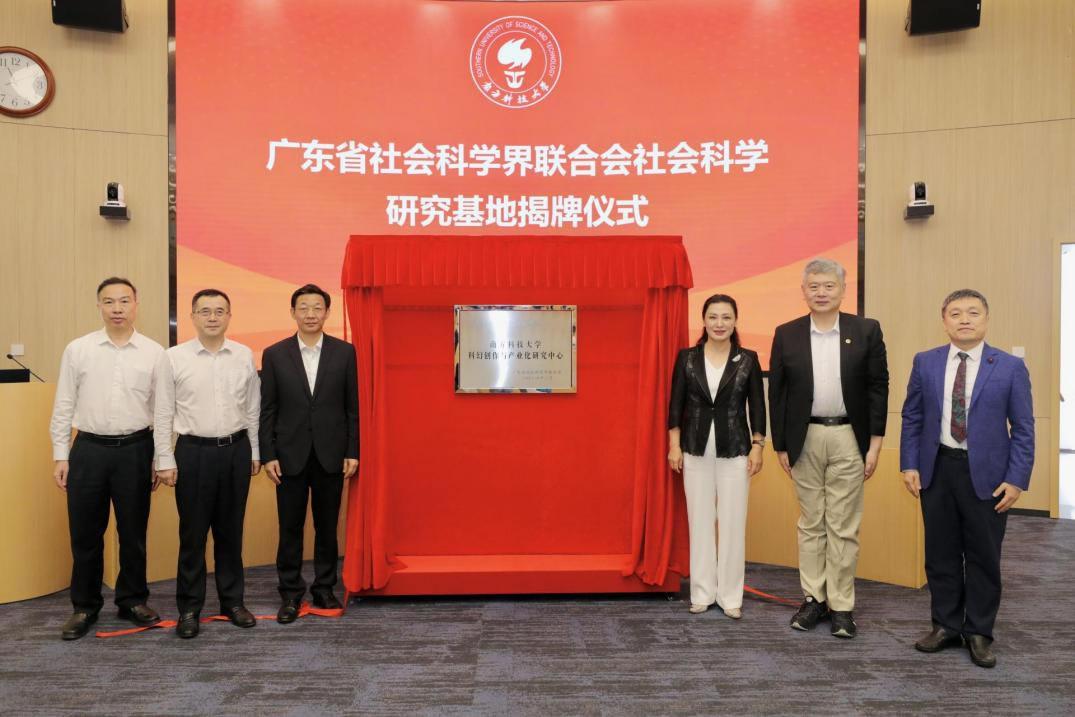
Science Fiction Creation and Industrialization Research Center at Southern University of Science and Technology
The Science Fiction Creation and Industrialization Research Center at Southern University of Science and Technology (SUSTech) is established based on the faculty of the SUSTech Center for the Humanities, integrating our university's science fiction promotion and campus culture development teams. The center aims to actively advance and enhance the level of science fiction teaching, research, creation, and industrial promotion at our university, positioning itself as a leading base for science fiction research and promotion in Guangdong and southern China. Specifically, the center will initiate and organize pioneering science fiction theoretical research, enrich international science fiction exchanges, effectively build service platforms, incubate related industries and service creative innovation groups, conduct extensive educational outreach, and thereby promote the leapfrog development of technology and culture in the Greater Bay Area.
The Center for Heritage Revitalization and Utilization and Modern Lifestyles Research of SUSTech
Relying on the Center for Social Sciences of Southern University of Science and Technology (SUSTech), the Center for Heritage Revitalization and Utilization and Modern Lifestyles Research of SUSTech focuses on the embodiment and creative application of heritage in daily life, and explores the interaction between culture and practice. By collecting historical and ethnographic data of representative heritage of Guangdong-Hong Kong-Macao Greater Bay Area, we carry out research on heritage development path and cross-cultural comparison to serve the innovative utilization and dissemination of traditional culture. The center promotes excellent heritage development cases in the form of monographs, papers and books, promotes cross-cultural experience exchange, and realizes the social, economic and cultural value of heritage research. Our research directions include: (1) Cross cultural comparison of heritage and lifestyles, (2) Research on lifestyles in the Guangdong Hong Kong Macao Greater Bay Area, (3) Research on heritage mediation and publicity. The center plans to build a database of heritage revitalization and utilization and modern lifestyles research in the Guangdong Hong Kong Macao Greater Bay Area within five years (2024-2028), create an important domestic research platform, and promote the construction of the Chinese school of heritage revitalization and utilization and modern lifestyles research.


Center for Next Generation AI in Education Research, Southern University of Science and Technology
The Center for Next Generation AI in Education Research at Southern University of Science and Technology is dedicated to advancing AI-driven educational policy research, intelligent governance systems, and AI-powered decision-making in education. Leveraging Shenzhen’s cutting-edge AI industry and rooted in Guangdong’s innovation-driven educational ecosystem, the center conducts systematic policy analysis, empirical research, and interdisciplinary collaboration to explore the deep integration of AI in education policy formulation and governance. Aligning with Guangdong’s educational reform and development goals, the center provides high-impact think tank support, driving scientific, precise, and intelligent education decision-making. By pioneering new governance models for the AI era, it strives to establish a “Guangdong Model” and “Guangdong Benchmark” in AI-powered education policymaking, contributing to China’s education modernization, high-quality development, and its vision of becoming a global leader in smart education.
Key University Laboratory of Technology Finance of Guangdong
The Key University Laboratory of Technology Finance of Guangdong is a provincial-level key research platform authorized by the Guangdong Provincial Department of Education. Focusing on Technology Finance (TechFin), the laboratory integrates the university’s core academic strengths in technology and liberal arts with the innovation and entrepreneurship resources of the Guangdong-Hong Kong-Macao Greater Bay Area. Its goal is to create a distinctive framework that combines technological innovation with financial empowerment, while establishing a trinity ecosystem encompassing "technological innovation, technological entrepreneurship, and technology finance." The laboratory is committed to becoming an international TechFin innovation platform within the Greater Bay Area and across China. It will integrate functions such as theoretical research, decision-making consulting, technical support, achievement transformation, international exchange, and talent cultivation. Through these efforts, the laboratory aims to develop a Greater Bay Area model for financial support of technological innovation.
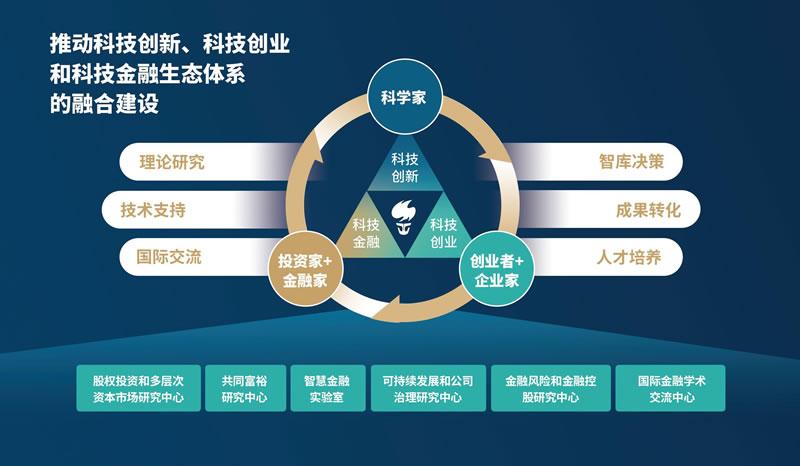

The Research Center for New Quality Cultural Productive Forces at Southern University of Science and Technology
The concept of "New Quality Cultural Productive Forces" was introduced by President Xi Jinping, representing the emergence of novel manifestations and modalities within the cultural sphere of new quality productive forces. It exemplifies the vision of Chinese-style modernization that upholds the harmonious development of material and spiritual civilizations. Against the backdrop of a new round of technological revolution and industrial transformation, The Research Center for New Quality Cultural Productive Forces at Southern University of Science and Technology (SUSTech) has been established. Drawing upon Guangdong Province's rich and unique cultural heritage and innovative strengths, the center aims to accelerate the development of New Quality Cultural Productive Forces, vigorously promote emerging cultural industries, and explore novel scenarios and pathways for technology innovation to empower cultural construction. It serves as a specialized and innovative think tank, reflecting the pivotal role of "double first-class" universities in providing intellectual support for decision-making consultations. The Center for Research on New Quality Cultural Productive Forces at SUSTech plays a crucial role as a high-end think tank in fostering the great prosperity of cultural undertakings and the substantial development of cultural industries in Guangdong Province. It supports Guangdong in achieving its overarching goal of "forging ahead" and advances the construction of a culturally strong province and a major economic province.


